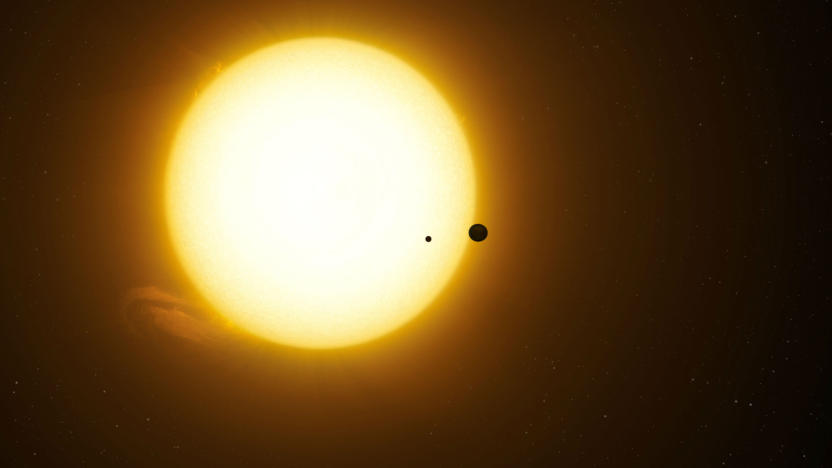kepler-1625
Latest

Researchers may have found the first signs of an exomoon
Over the last couple of decades, we've spotted thousands of planets outside of our solar system -- Kepler alone has confirmed more than 2,600. But so far, we've haven't found any exomoons, despite the likelihood of them being prevalent in our galaxy. Because moons tend to be much smaller than their planet counterparts, they're harder to spot, which is probably why we have yet to find any. However, researchers at Columbia University have now found evidence of what might be an exomoon located thousands of light-years from Earth.

Scientists may have found a Neptune-sized alien moon
Astronomers have found an abundance of exoplanets, but no exomoons. Despite ongoing efforts, the tiny celestial bodies have just been too elusive to detect using modern technology. However, researchers might have just hit paydirt. They've used Kepler Space Telescope data to discover signs of what looks like a Neptune-sized moon orbiting a planet in the Kepler-1625 system, 4,000 light years away from Earth. They were tipped off to the companion when they noticed dips in brightness (indicative of an object transiting in front of a star) around a planet during three of its transits. It's a very promising piece of evidence, but we wouldn't bet money just yet -- there's some homework left to do before the discovery is validated.

